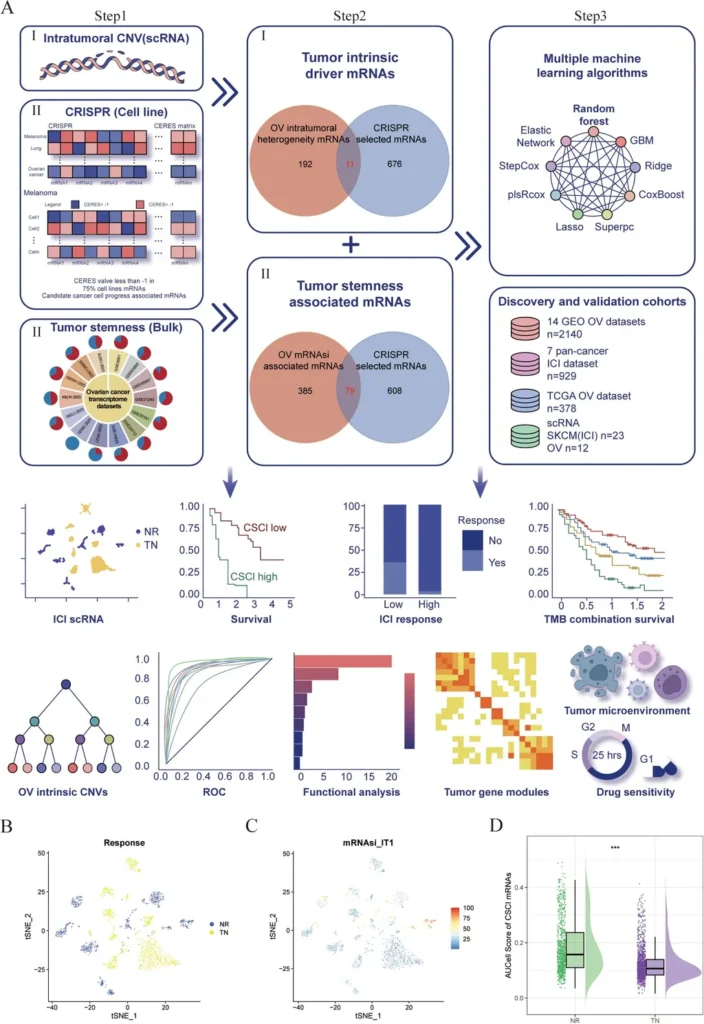In a groundbreaking study published in the journal *Communications Nature*, researchers have unveiled the intricate genetic landscapes of high-grade serous ovarian cancer (HGSOC), shedding light on how different evolutionary paths within tumors can significantly impact patient survival. The research, led by Ailith Ewing of the MRC Human Genetics Unit at the University of Edinburgh, offers a comprehensive analysis of the mutational landscape driving HGSOC, utilizing a large dataset of 324 deeply sequenced tumor genomes.
The study reveals two distinct evolutionary trajectories in HGSOC. One path involves homologous recombination repair deficiency (HRD), a condition often associated with genetic instability. The other trajectory is dominated by whole genome duplication (WGD), a process characterized by frequent chromothripsis, breakage-fusion-bridges, and the presence of extra-chromosomal DNA. These trajectories contribute to structural variation hotspots within the tumor genomes, which contain candidate driver genes with significantly altered expression.
“Understanding these divergent evolutionary paths is crucial for developing targeted therapies and improving patient outcomes,” said Ewing. “Our findings highlight the importance of considering the structural diversity of tumors when designing treatment strategies.”
The research also identified a high mutation load in mitochondrial DNA (mtDNA) as a factor associated with shorter patient survival. Interestingly, the combination of mutations in both the mitochondrial and nuclear genomes was found to impact prognosis, suggesting potential strategies for patient stratification.
The implications of this research extend beyond the immediate medical field. In the energy sector, understanding the genetic mechanisms driving tumor evolution could inspire innovative approaches to energy storage and conversion. For instance, the study’s insights into structural variation and genomic instability could inform the development of more resilient and efficient energy systems, drawing parallels between biological and technological evolution.
“This study not only advances our understanding of cancer biology but also opens up new avenues for interdisciplinary research,” Ewing added. “The parallels between tumor evolution and technological innovation are fascinating and could lead to breakthroughs in various fields, including energy.”
As the scientific community continues to explore the complexities of tumor genetics, this research serves as a testament to the power of interdisciplinary collaboration. By bridging the gap between biology and technology, we can pave the way for groundbreaking advancements that benefit both human health and industrial innovation.

